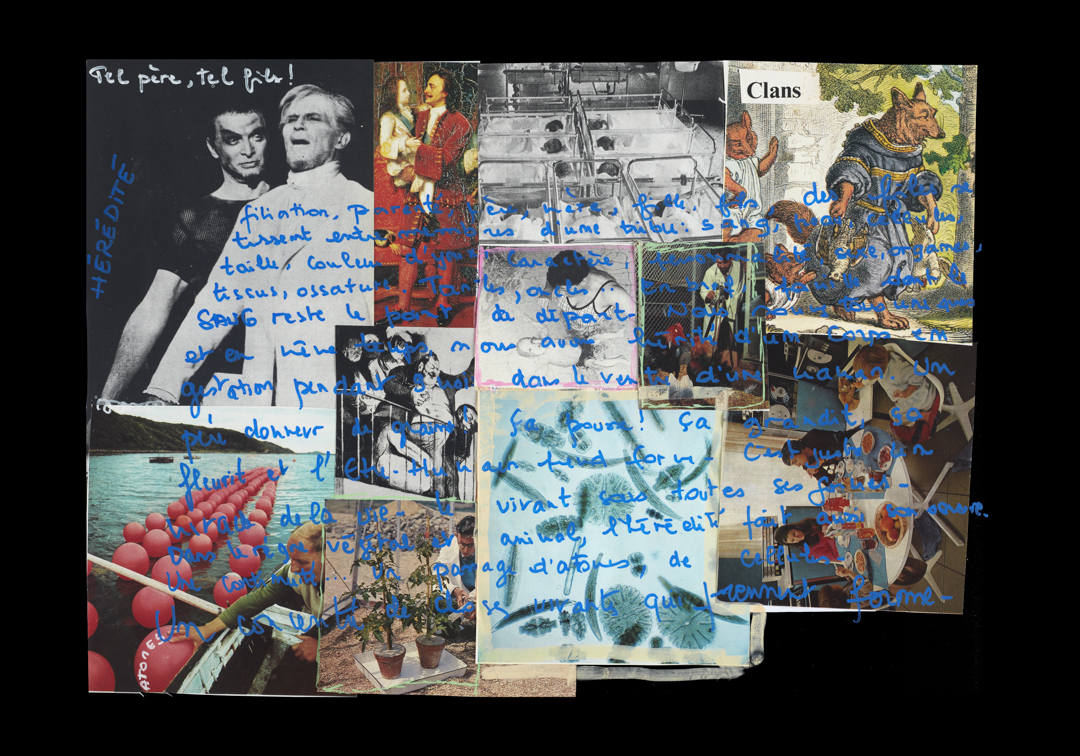Hérédité from No Sovereign Author & The Patients of La Fabrique du Pré’s An ABC of Psychiatry. All images © the authors and publishers
Our final books roundup of 2023 takes us from Belgium to Lahore to Berlin and beyond, with entries from Jason Koxvold, Keisha Scarville and Tami Aftab


Keisha Scarville, Lick of tongue, rub of finger, on soft wound (Mack Books)
Lick of tongue, rub of finger, on soft wound is a great title for a photobook – intriguing, impressionistic, and near-collage in effect, much like Scarville’s images. The cover is literally a collage and there are similar works and layouts inside; the image sequence also combines Scarville’s striking monochrome shots with archival images, family photos, and even an X-ray of a jaw. Within her photographs are multiple layers too, heavily patterned fabrics piling on top of each other, the black-and-white film and the 2D effects of photography combining to dizzying effect, or showing the ravaged surfaces of rocks.
Scarville’s work is conceptually layered and polyphonic, combining popular culture with references to her Guyanese heritage in the fabrics and her sparse texts. “To jump the fire three times/To bend towards the sun/To clap roti/For the couch to absorb your scent,” reads one, a prose poem that stretches across a spread.
Born in 1975 in Kings, New York, Scarville has studied at Rochester Institute of Technology, and taught at Bard College, New York University and Parsons School of Design. In Lick of tongue, rub of finger, on soft wound, her sophistication and technical skill are clearly on show. The monograph strikes an intimate, emotional chord, the images of fabrics recalling an earlier series, Mama’s Clothes, in which she photographed herself wearing her deceased mother’s dresses. Scarville covered her face in those images, as if in mourning too deep to show, and there is a similar sense of melancholy here, plus the same decision not to show faces in her own work.
Lick of tongue, rub of finger, on soft wound also features aspects of Black Backstage, an essay by poet Harmony Holiday which picks up the anonymous theme to consider the right not to be seen. “We understand departure not as some maudlin tragedy that threatens to undermine a governing codependency, but as our resistance to overexertion, and refusal to waste energy on static or leak life force into a vat of chaos and trend,” Holiday writes. “The Black backstage is where we go when we disappear.” (Diane Smyth)
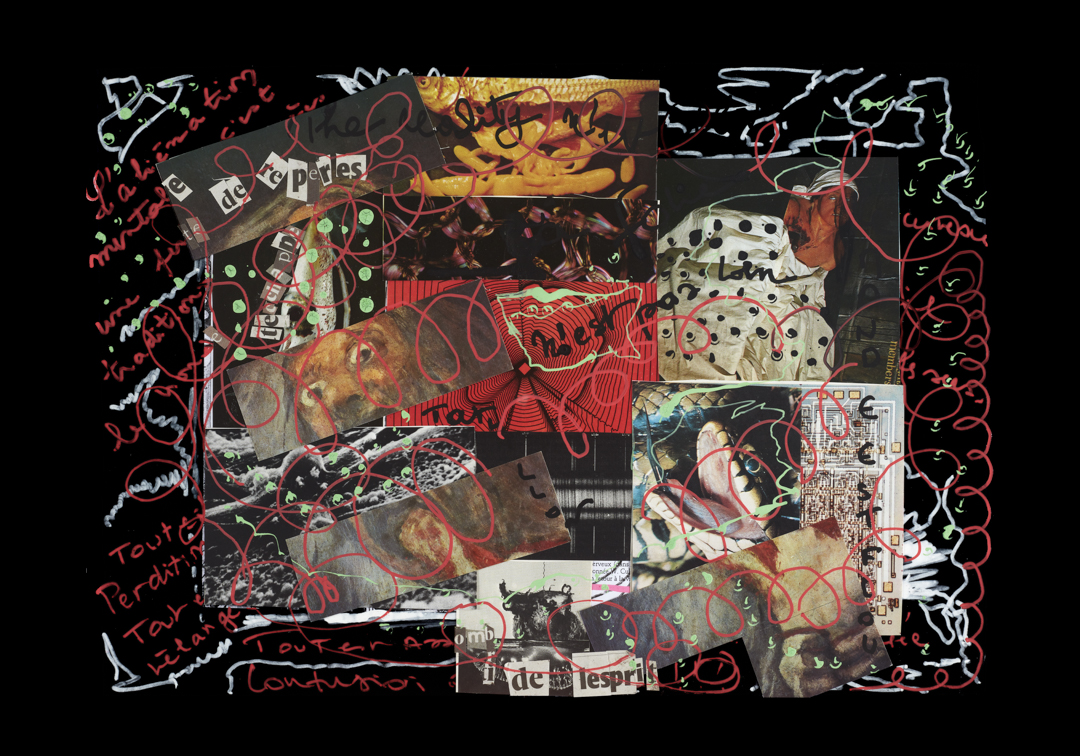
No Sovereign Author & The Patients of La Fabrique du Pré, An ABC of Psychiatry (The Eyes)
According to the Cambridge English Dictionary, anxiety is defined as “an uncomfortable feeling of nervousness or worry about something that is happening or might happen in the future”, or alternatively as “a medical condition in which you always feel frightened and worried”. For anyone who has lived with the sometimes debilitating condition, it is likely that neither interpretation fully captures the breadth of their experiences.
In an attempt to bridge this gap between definition and lived experience, An ABC of Psychiatry takes the interpretation of psychiatric terms out of the hands of medical professionals, and places them instead with patients and artists. A collaboration between attendees at Belgium’s La Fabrique du Pré day centre and the duo behind No Sovereign Author, Maroussia Prignot and Valerio Alvarez, the book offers a vision of psychiatry rooted in life.
Following the familiar form of a dictionary, An ABC of Psychiatry is organised alphabetically, but its pages are not filled with neat lines of uniform text. Instead collages are made up of photographs, paintings and cuttings from medical textbooks, accompanied by scrawled reflections from their creators. Sometimes these artworks speak to a recognisable definition – an image of screaming fans of The Rolling Stones appears as part of the entry for ‘hysterical’, while ‘narcissism’ is illustrated, in part, by a woman staring blankly at her own reflection. But elsewhere an image of two firemen battling to extinguish a blaze appears under ‘schizophrenia’. It is these less obvious connections that speak most closely to the book’s intentions.
Detaching each word from its historical interpretation, An ABC of Psychiatry centres the knowledge of the patients involved, and offers a platform for their experiences. Through physically jumbled but emotionally linked images, we are offered invaluable insight into the thoughts of those who experience psychiatric illness – and challenged to reconsider the narrow definitions we ascribe to both people and words. (Philippa Kelly)
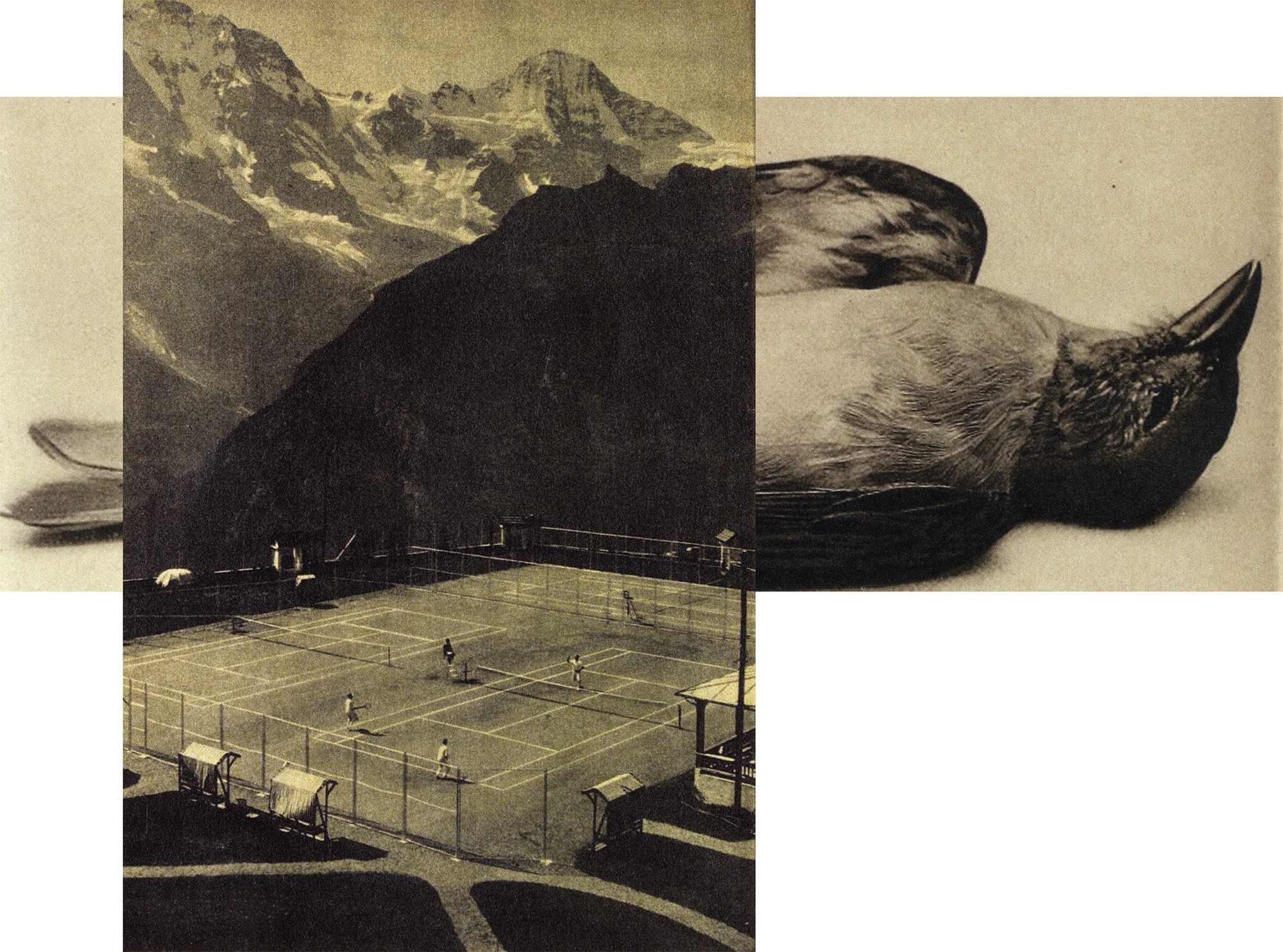
Ronit Porat, Hunting in Time (Sternthal Books)
Hunting in Time begins with an extended essay by Ines Weizman, founder of the Centre for Documentary Architecture, which sets the scene for Porat’s project. Based on her three exhibitions in Israel between 2016 and 2018, it is a “detective yarn evidence board” centred on the murder of a Berlin clockmaker in 1930. Fritz Ulbrich also ran a photography studio at the back of his workshop, making pornographic pictures of young women and girls, and meticulously archiving the results. He was murdered in a robbery gone wrong, by Lieschen Neumann, her boyfriend and a friend. Neumann had been photographed by Ulbrich, adding a layer of scandal to the crime, which helped spread news of it across the continent, and fascinated psychologists, criminologists and sociologists alike. “A murder synchronises multiple narratives and experiences,” Weizman writes.
The opening inscription is ‘everybody knew’ accompanied by one of Ulbrich’s portraits, a woman clasping her hand across her chest in a striped dress. What follows is a compilation of archive photographs, first in assemblages which Porat calls ‘index sheets’, and then in sparser, more associative arrangements. Pictures of women blur and fold into image ephemera drawn from contemporary psychiatric, jewellery and surgical instrument catalogues, as well as early designs of corsets and chastity belts. Also interspersed are photographs by Martin Munkácsi, August Sander, Clare Strand, Batia Suter and Francesca Woodman; all bearing the shadowy, ashen palette which gives the book its visual continuity.
The scope of Porat and Weizman’s research is where the book’s achievement lies, though the essay’s length and historical details – though absorbing – at times unbalance the volume, adding a thick layer of prescription which draws attention from the archives. There is no resolution or “solving of the puzzle” here, Weizman reminds us. Instead, Hunting in Time lies somewhere between a sociocultural study of the ominous late-Weimar period and a captivating archive presentation, which reflects this time of intrigue, suspicion, visual innovation and shifting morals. (Ravi Ghosh)
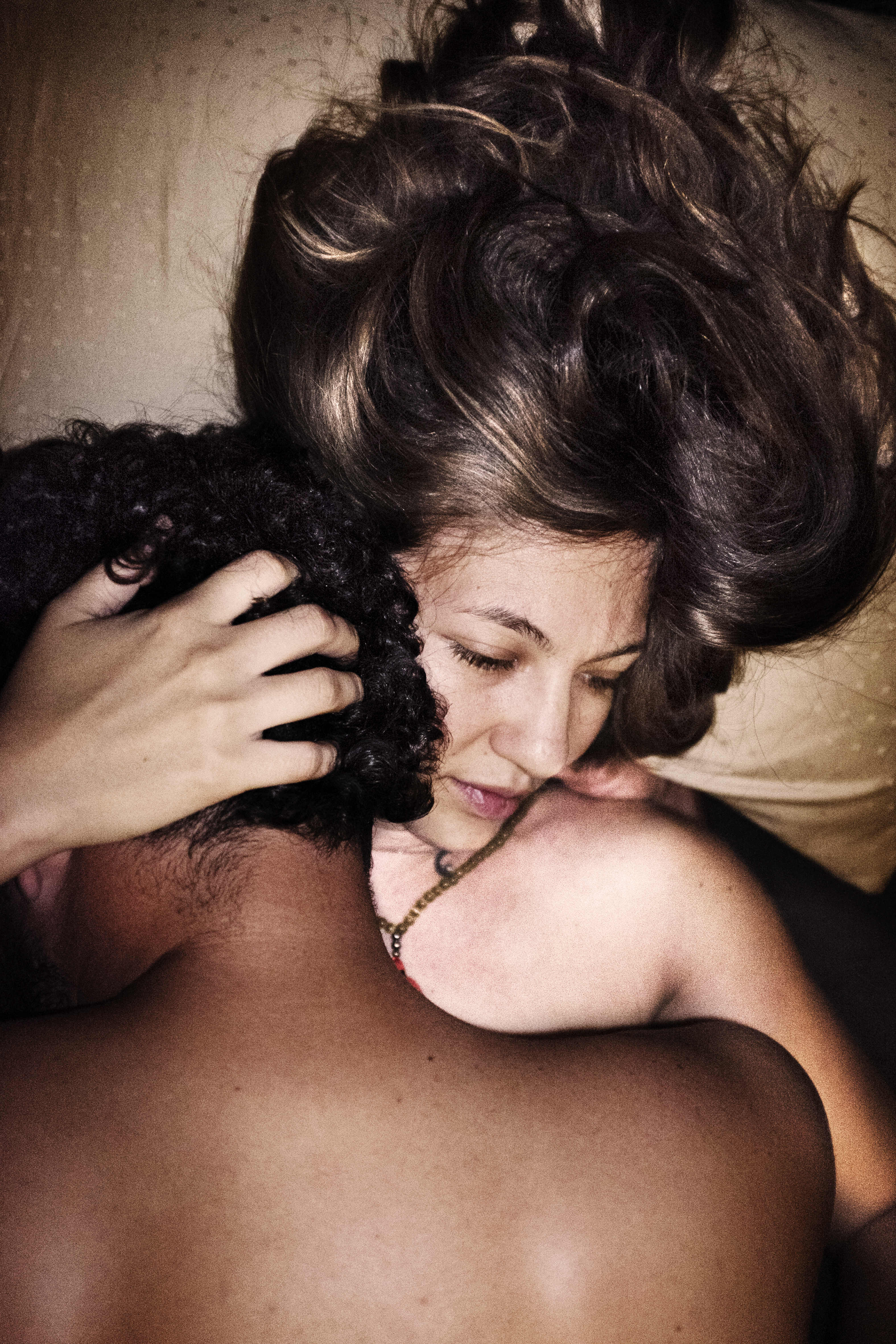
Jacob and Sara Aue Sobol, Hunting Heart (Dewi Lewis Publishing)
Jacob Aue Sobol shot to fame when he was in his twenties, after publishing Sabine in 2004. Named after his then-girlfriend, who lived in a remote area of Greenland, the book’s photographs were made over two years in her village. Gritty and emotive, showing time at home but also the tough realities of fishing in the Arctic Circle, Sabine tapped into the Scandinavian idiom of JH Engström or Anders Petersen, but with an intimacy that was Aue Sobol’s own. Aue Sobol was accepted into Magnum Photos shortly afterwards, but shied away from publishing such personal work – photographing people in bed, or even making love, but avoiding showing his own life. He also went through periods where he avoided taking pictures altogether, starting to fish again, getting married, and having kids.
Hunting Heart is therefore an interesting proposition, once again finding Aue Sobol photographing those near and dear. It includes Jacob’s photographs of his wife, Sara, showing her pregnant or cuddling the kids, as well as the children on their own, and scenes from his everyday life. Hunting Heart also includes images by Sara, a talented photographer in her own right, shot on her travels in Russia, US and Mexico. Jacob generally favours inky black-and-white, whereas Sara is given to working in colour. The images are presented as a small box of 24 prints, the couple’s photographs displayed in pairs on either side of each card, with an appealing sense of equality; perhaps it might feel intimidating, partnering with a Magnum photographer, but Sara’s work stands up alongside his. As for Jacob, it is his work at its best; photographing those close to him with a disarmingly open heart and eye. (Diane Smyth)
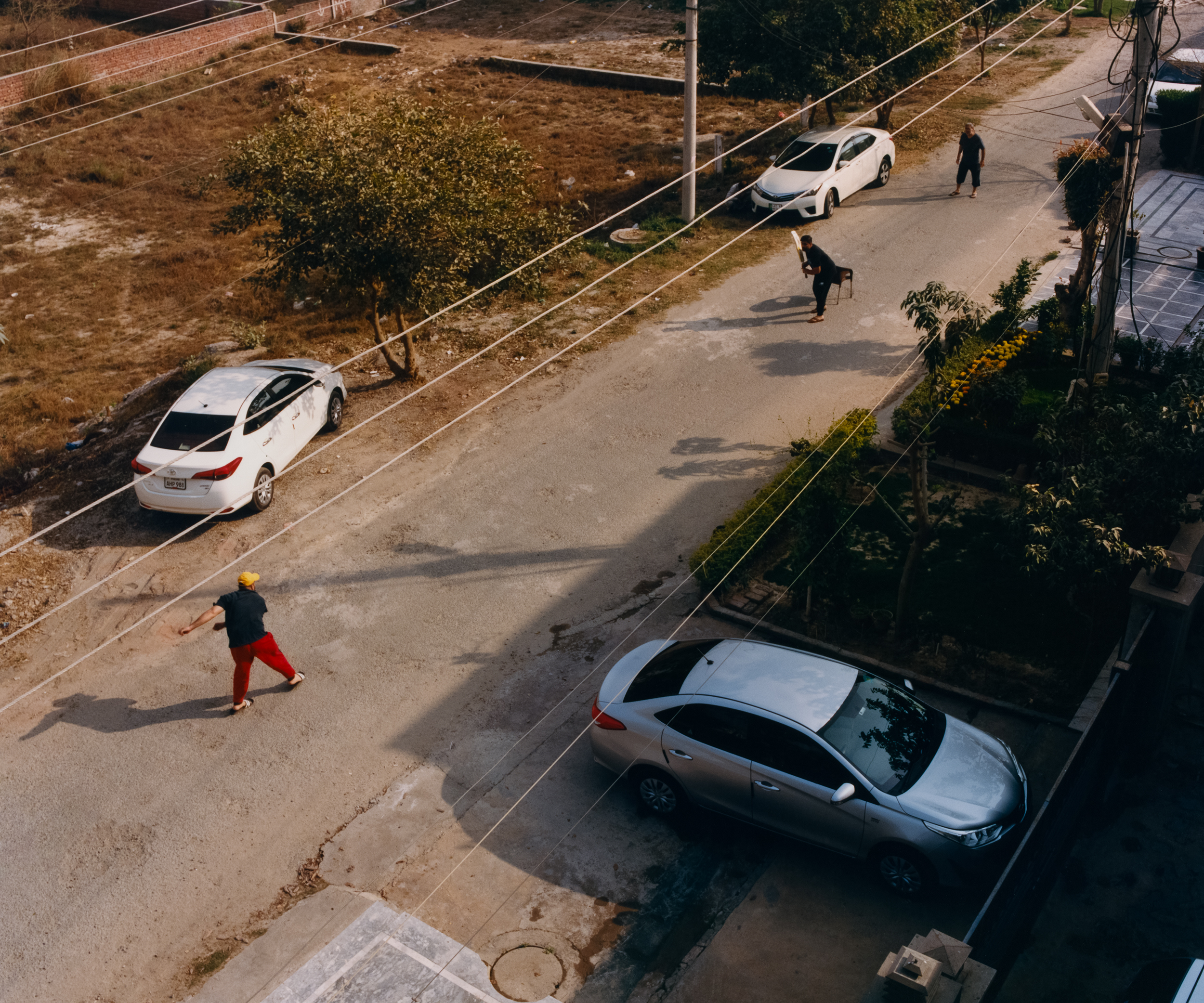
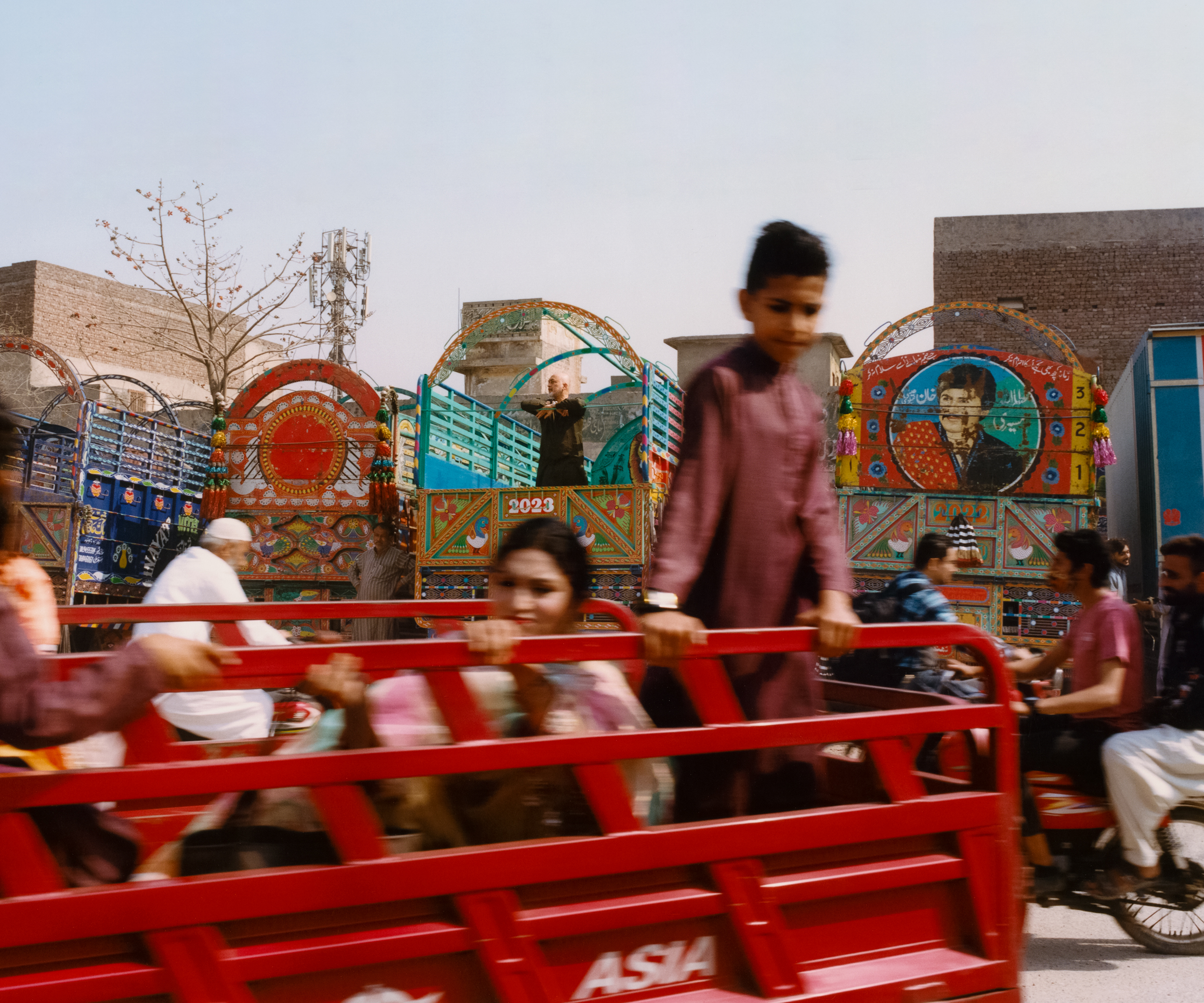
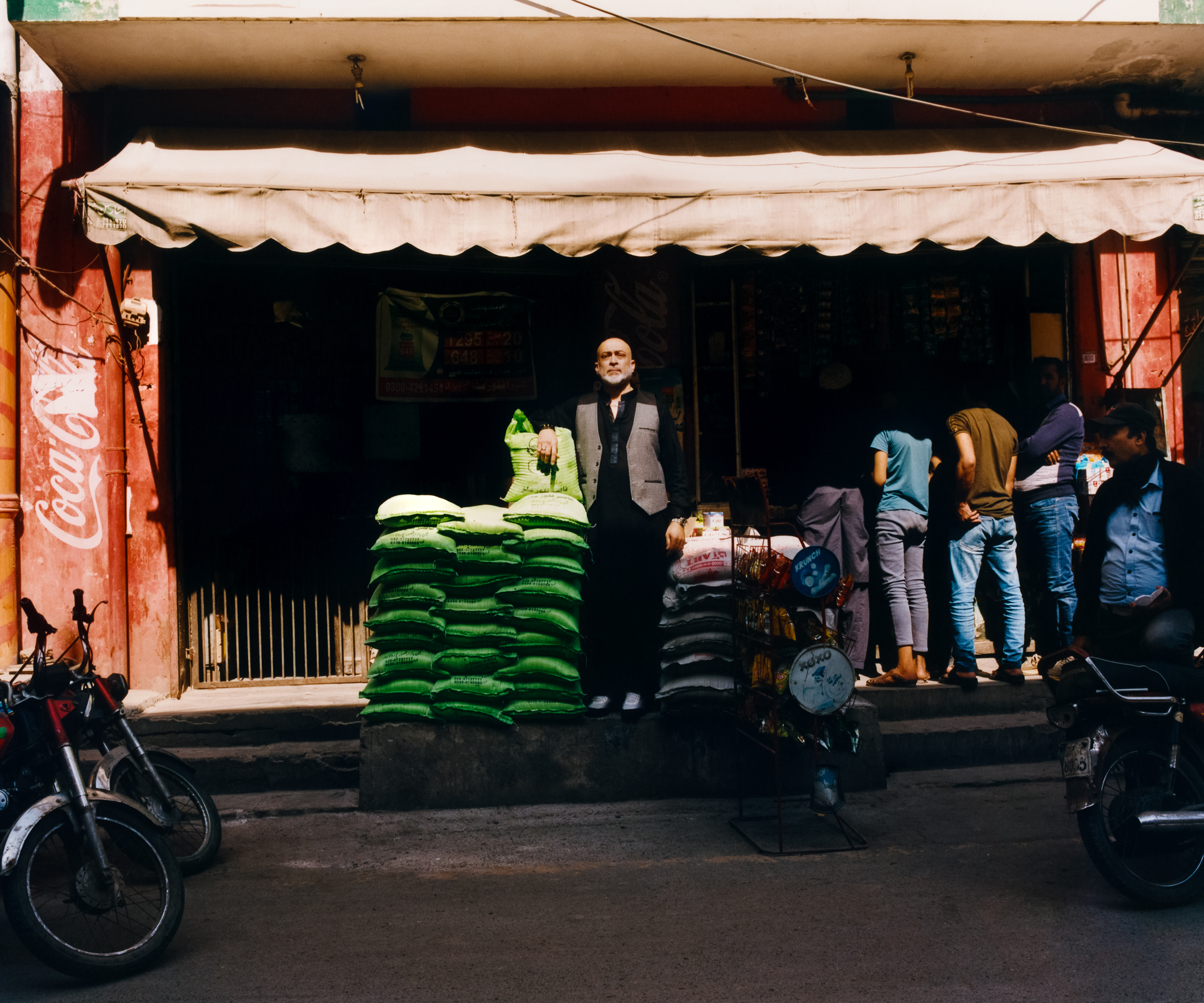
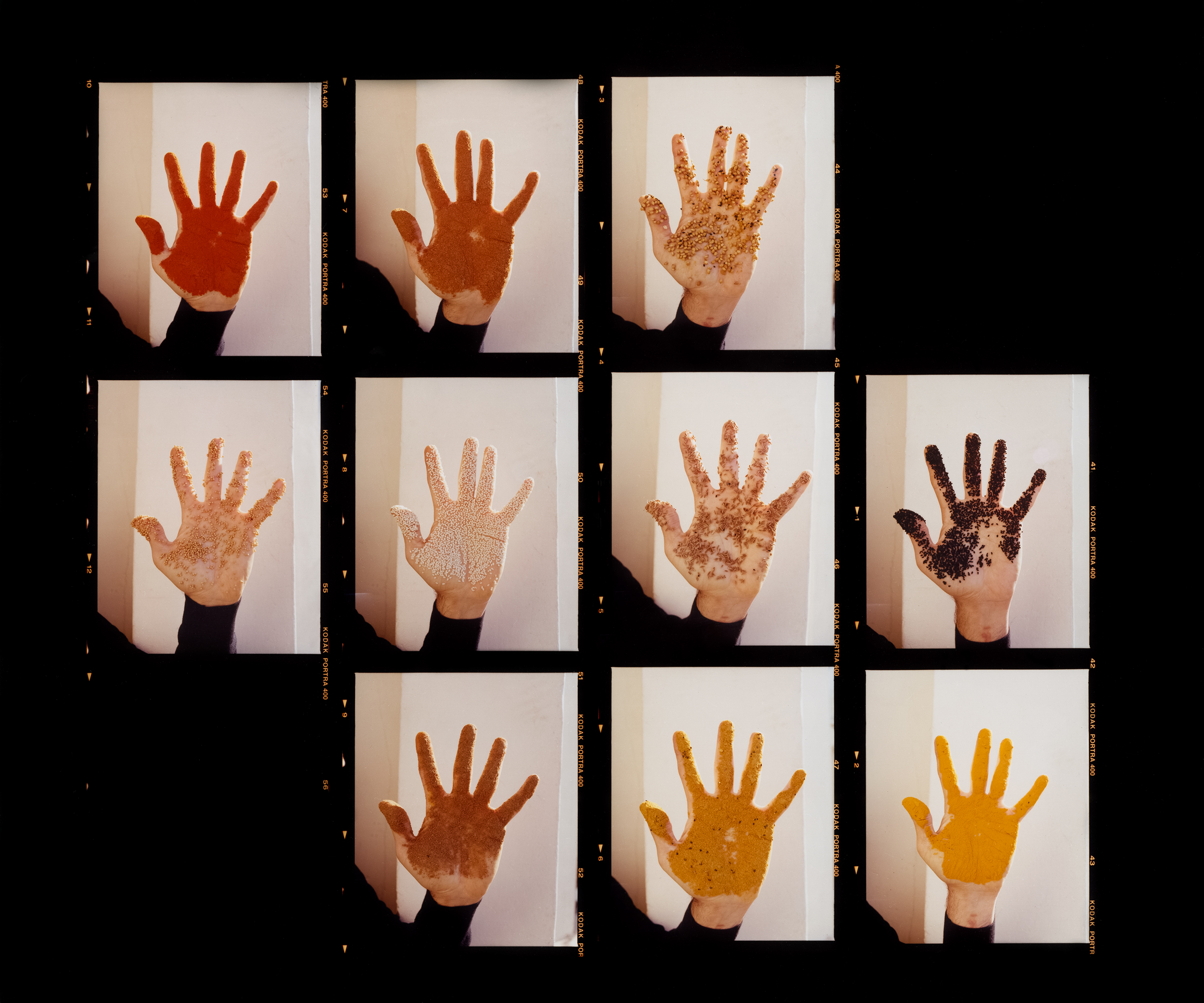
Tony and Tami Aftab, The Rice is on the Hob (WePresent)
Tami Aftab and her father grew up in vastly different parts of the world. While Tony Aftab spent his formative years in bustling, inner-city Lahore, Tami spent hers in west London – one of the city’s more genteel areas. Throughout the pages of the pair’s co-authored photo-slash-cookbook, these varied connections to their cultural heritage take centre stage, as does their shared passion for food, and their love for each other.
The Rice is on the Hob is a book that father and daughter dreamed of for many years. Throughout her childhood, Tami found that food offered the strongest connection to her Pakistani heritage; as author Jyoti Patel writes in the book’s poetic introduction: “One mouthful takes you back to a thousand moments already lived. Your body stays here, in London, but your mind is in Lahore.” For Tony, who has experienced short-term memory loss for more than a decade, it is the recollections – and recipes – of dishes from his youth that have endured.
In February 2023, the pair finally returned together to Lahore, and began creating images for The Rice is on the Hob. Brightly coloured, sometimes overwhelming cityscapes speak to the disorientation that Tami felt in the unknown and yet somehow familiar city. Tender, intimate portraits of the photographer’s father illustrate the strength of her connection to her family, and her ancestral homeland.
Woven between these images are the recipes of Tony’s childhood. Printed on paper more reminiscent of a notebook than a photobook, and accompanied by handwritten notes, a family history can be sensed between the measurements, timings and instructions. These recipes are designed to be torn from the book, to be passed on and used to forge new connections. Despite this, the volume is not truly a cookbook but rather a love letter to food – the memories it can hold, and the important role it can play in lives lived across two cultures. (Philippa Kelly)
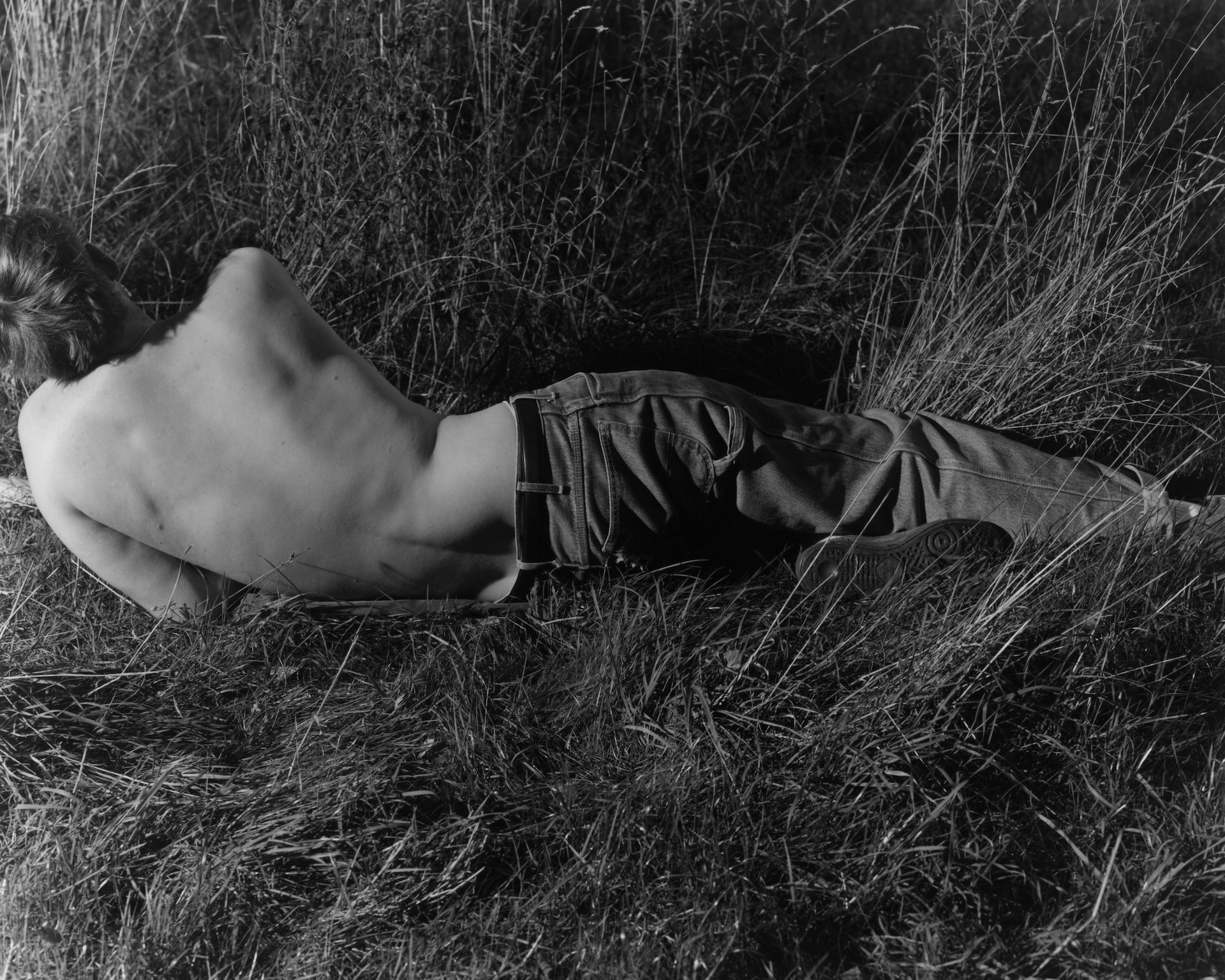
George Maund, Plastic Flowers (self-published)
Every now and then, a new image-maker appears and their name immediately gains traction. George Maund, a recent University of the West of England graduate, is a good example. Having previously shown in a graduate exhibition at the Arnolfini and in group shows at Serchia Gallery and the Royal Photographic Society (all in Bristol), his series was one of the standouts at Fold, a 2023 summer graduate event organised by the UWE tutors at Copeland Gallery, London. His images also featured in Common Ground, a book published by Vessel Editions in August, and at London’s Photobook Cafe in November, in an exhibition of work of the South West Graduate Photography Prize shortlist. In addition, Maund has published a very limited-edition book of his UWE final project, Plastic Flowers.
Maund has an aesthetic that is popular at the moment, as Common Ground shows. It is a collection of delicate black-and-white shots by emerging photographers, all focused on the natural world (the tagline is ‘An Ode to the Forest’). There are some particularly striking images by Iollann Ó Murchú, Luke Spencer and Jodie Wilkins (one of the book’s publishers, along with Sam P Cashmore and Lyle Ingram, also talented artists). But Maund is one of the most striking, with two images taken from Plastic Flowers.
His series has a strong conceptual base, exploring his “relationship to the construction and performance of forms of masculinity” through staged imagery with close friends and family, and depictions of scenes and spaces in which ideas of masculinity are questioned and reimagined. It is an interesting topic handled in interesting ways. Maund’s photographs of plants and landscapes do not seem immediately on-topic, but then consider the Barbican’s 2023 show Re/Sisters and its links between ecology and gender, which draw on theories of ecofeminism – the idea that women and the natural world have both been exploited by a capitalism yoked with patriarchy. The argument is valid, but, as Re/Sisters also shows, men too have been exploited and stereotyped. To move forward to a more balanced future, with each other and the planet, men and the masculinity expected of them also need a fundamental rethink.
Maund’s images suggest a different way of looking at men, a more sensitive regard for something softer – moving and familiar, yet seldom displayed. It is perhaps surprising that this work is by a man in his early-twenties. What is less surprising is that Maund’s name is recurring. It will doubtless pop up again in the future, and where his work goes is something to watch. (Diane Smyth)
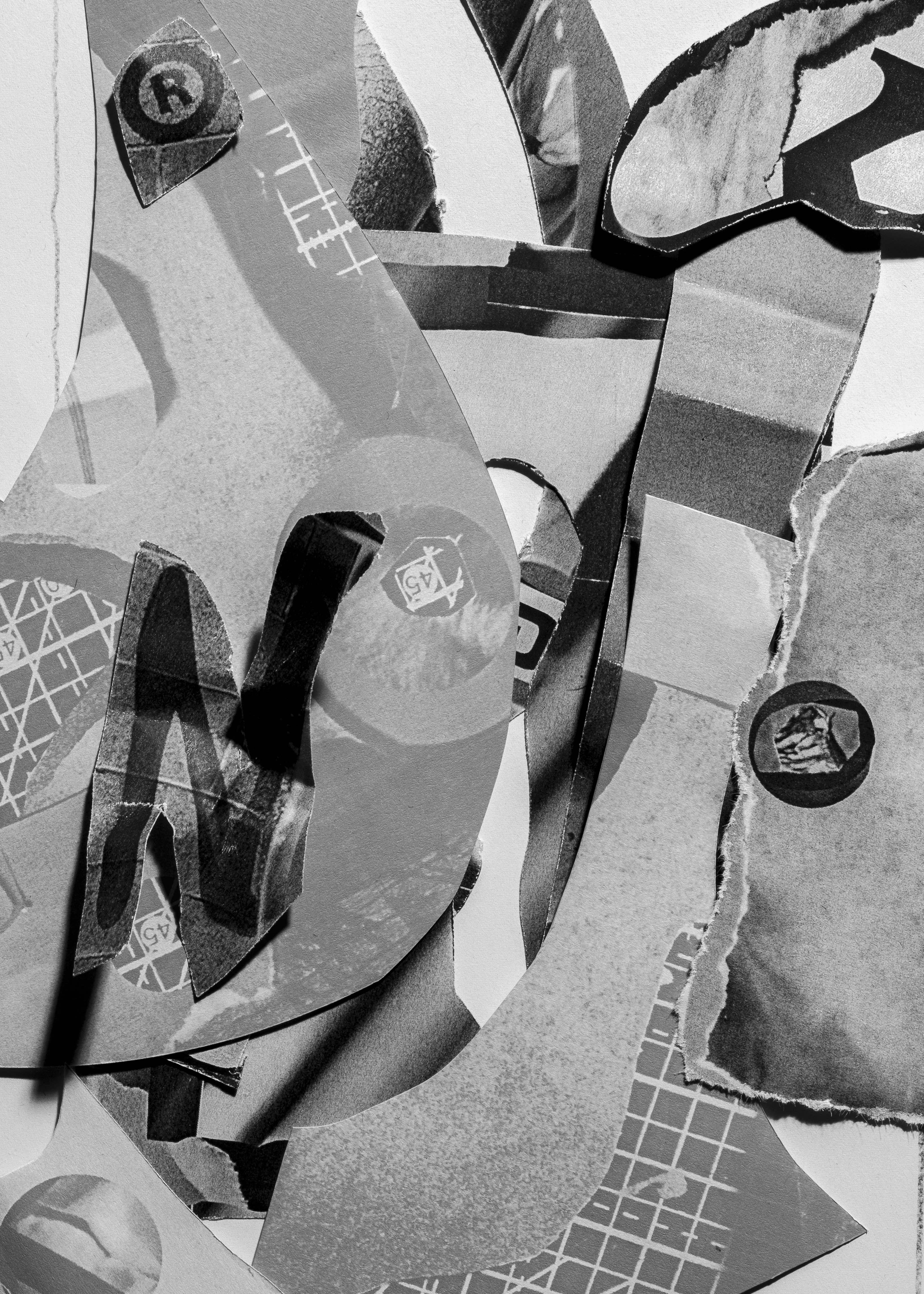
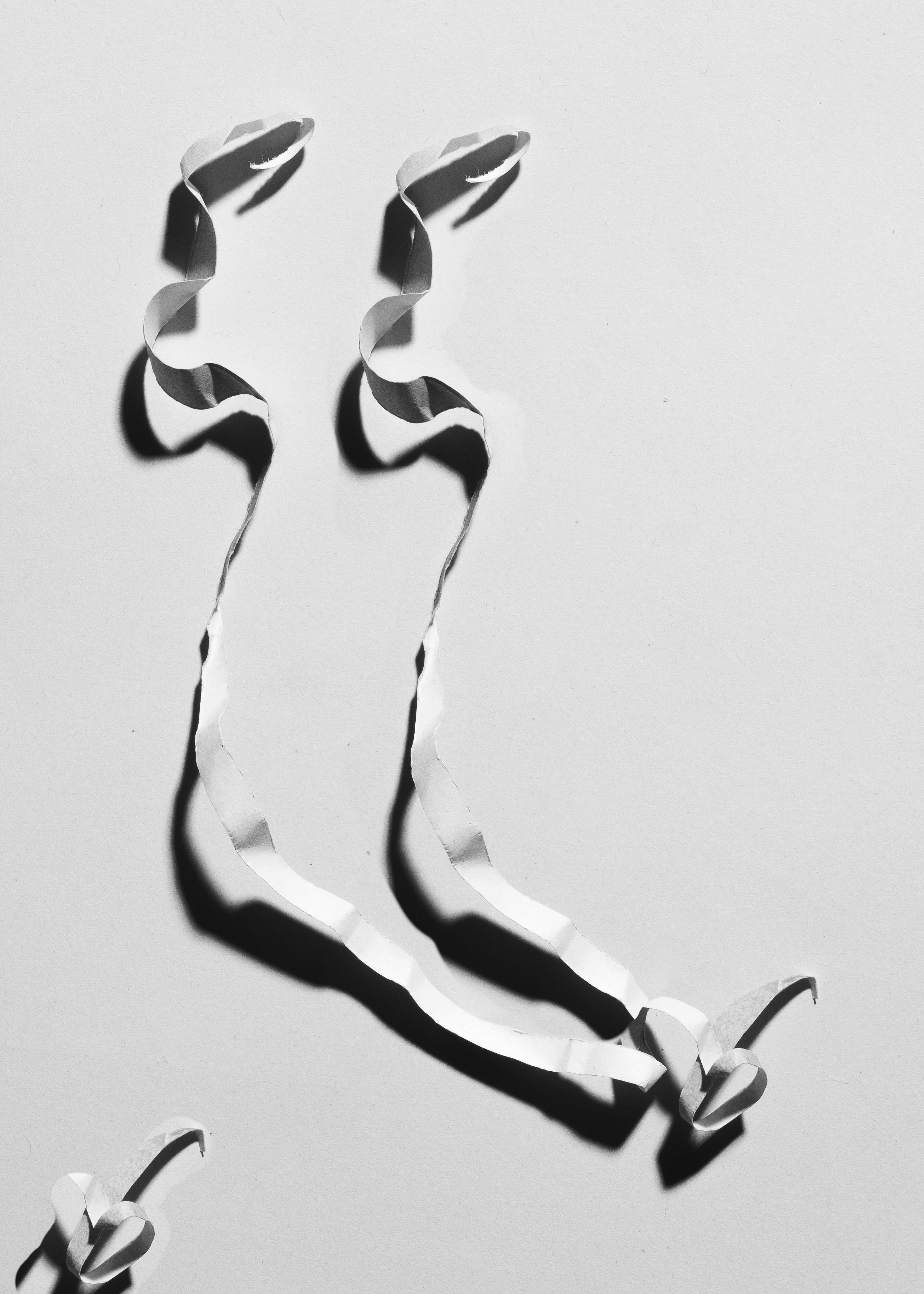
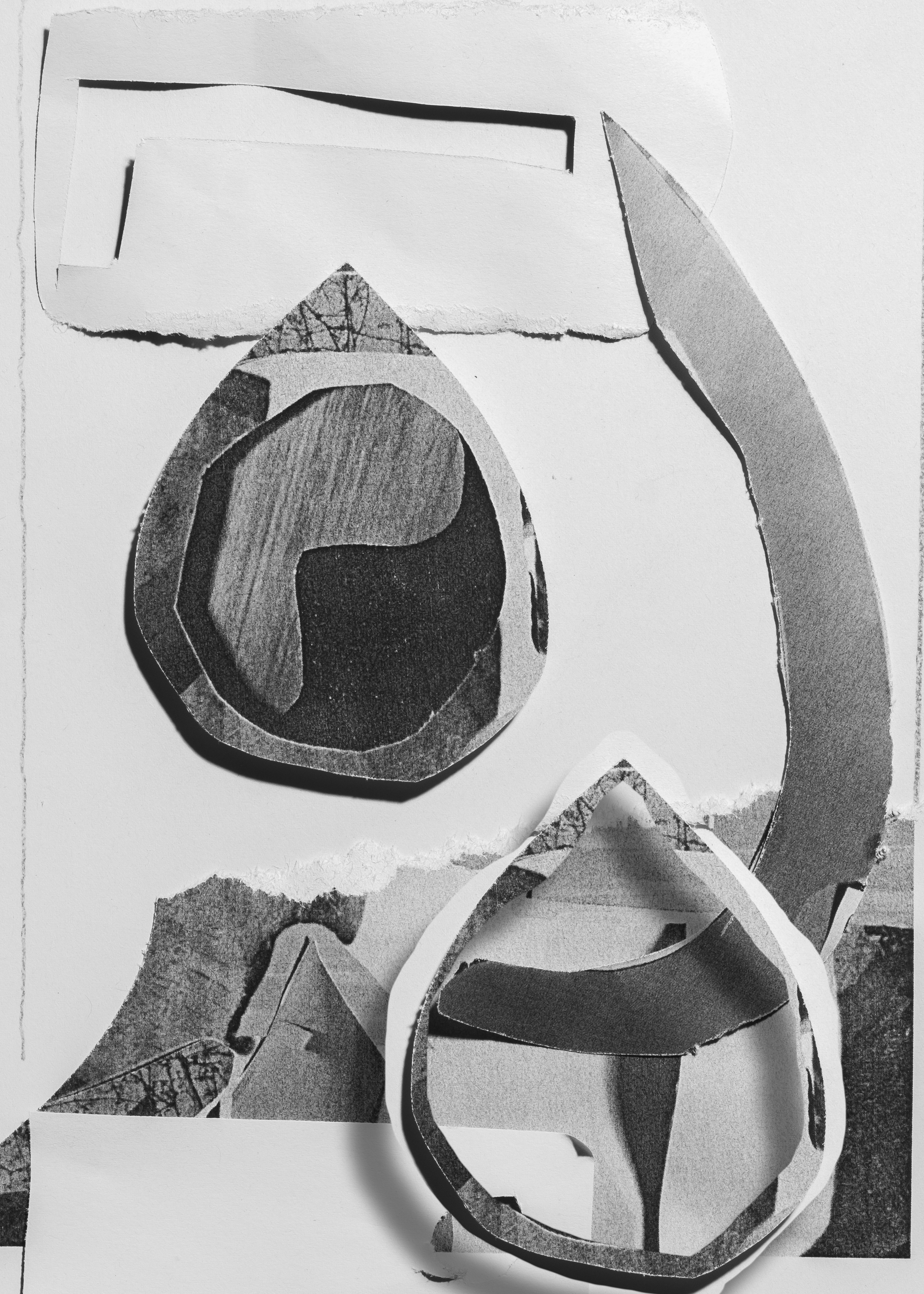
Ibrahim Azab, Ev3ry(Th1ng’5)_Mov1ng: But_im (Still) H3re (Folium)
Ev3ry(Th1ng’5)_Mov1ng: But_im (Still) H3re is a reinterpretation of Azab’s 2019 magazine-based collage work FOPDTMM, but a slower, more deliberative intervention. The book features photographs of paper offcuts and trimmings, often arranged in sculptural forms in which rips, tears and gaps become deliberate invitations to speculate on boundaries and utility. The images are laid out in a traditional photobook format, including double-page spreads, offset crops and plenty of blank space. This design encourages us to understand paper not just as a compositional material, but as a photographic subject in itself. “It’s about seeing without being seen,” Azab says cryptically, in curator Rodrigo Orrantia’s short accompanying text.
Several images in Ev3ry(Th1ng’5)_Mov1ng: But_im (Still) H3re nod to Azab’s position as an artist of assembly, best demonstrated by his ongoing Hyperdeath-Drive (HDD) series. But those digital collages rely on a digital recontextualisation and recoding of familiar objects: AirPods, a bike tyre or disposable coffee cup estranged by their inclusion in his synthetic prints. This book, on the other hand, creates a contrived alienation between page and viewer by keeping a strict focus on paper itself. What are we looking at? And will turning the page offer us more information – the typical model of accumulative, left-to-right reading – or will we instead be confronted by a new mode of thinking about materiality?
The puzzle-style envelope which encases the A5 volume is the first clue that the book will continue the self-referential method that defines Azab’s practice. Images of cutting boards feature throughout, a nod to the book-making process at a time when artists’ studios – albeit typically painters’ – are being romanticised and seen as sites of art historical significance. The importance of tactility and, crucially, trial-and-error to book and printmaking is referenced throughout, processes in which remnants, scraps and dummies are as important as the final artefact. “Is that the paper, or the image?” is Azab’s opening query. This book does not offer an answer, but instead multiplies the question. (Ravi Ghosh)
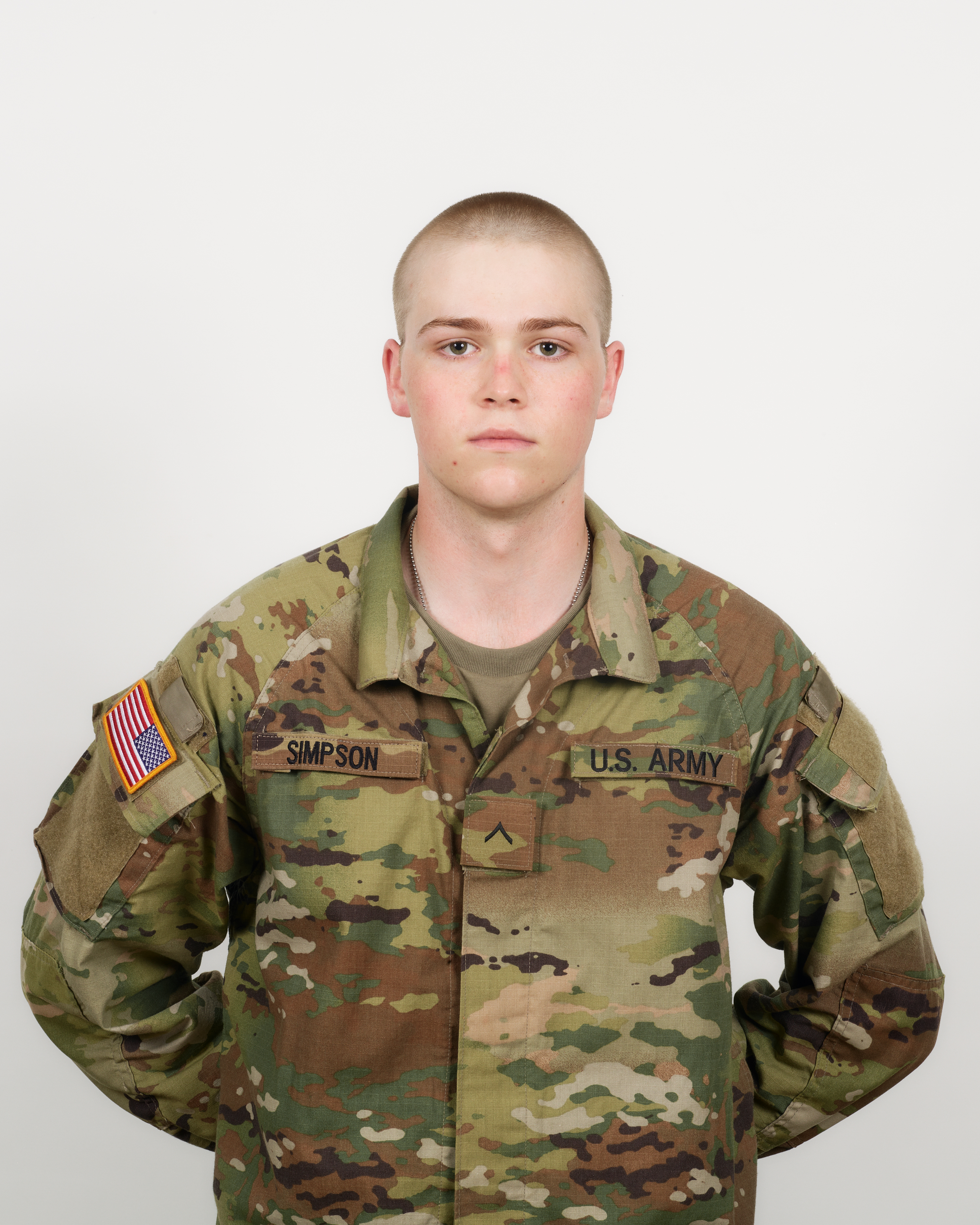
Jason Koxvold, Engage and Destroy (Gnomic Book)
A British photographer based in Portland, Oregon, and upstate New York, Koxvold takes a cool look at his adopted country. His work circles around the US military and prison systems, considering the culture which produces and underpins these institutions and the effect they have on society. His 2017 book Knives, which features an essay by Stanley Wolukau-Wanambwa, is a deep dive into New York State’s Hudson Valley, an area dominated by the Schrade knife factory until 2004, when it closed suddenly, putting 700 people out of work. A maximum-security prison became the town’s biggest employer, but it continued to decline, with drug abuse, mental health crises, and white nationalism all rising.
A sister publication, YWRAA (You Were Right All Along), collated monologues from some of the characters in Knives, featuring business letters and online comments. The images in it were located using military grid references to Bagram, Afghanistan; sniper training camps in Utah; the site of a mass killing in Las Vegas, and more. These books suggested something about violence and competition, about a dream of opportunity that has turned red in tooth and claw.
Engage and Destroy picks up on the theme. Made at Fort Moore, Georgia, between May 2021 and 2023, it depicts male US Army recruits at the beginning and end of their basic training cycle. The results of this training are not easy to detect, though a few of the men do look thinner. Perhaps the point is that the training is not visible, because in the centre of the book is a more shocking section. The carefully posed portraits break down into stark monochrome in documentary shots of hand-to-hand combat in which the men are sweaty and injured, grappling and choking. Here is competition at its most raw, yet the men still appear put-together in the colour portraits. In the US, the military is still celebrated, its soldiers heroes.
A text taken from the Soldier’s Creed runs underneath the black-and-white reportage with lines such as “I will never accept defeat” and “I am an expert and I am a professional” sounding alarmingly similar to both war cries and motivational mantras. As elsewhere in Koxvold’s work, what is suggested is a common mindset which underpins both combat and capitalism. (Diane Smyth)

